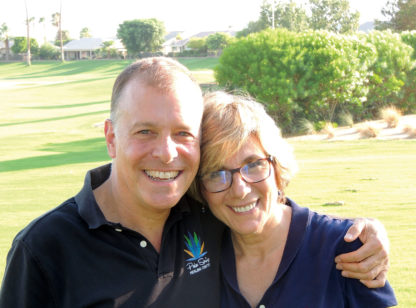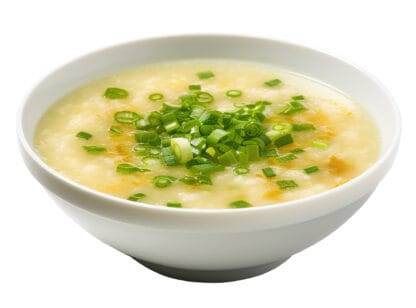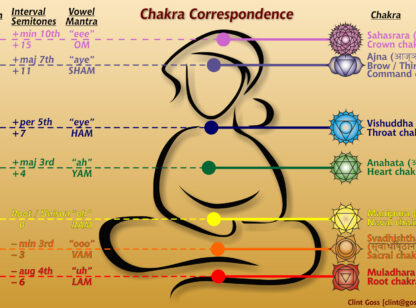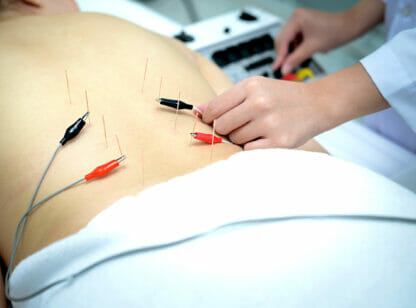When people choose to try acupuncture, most do not realize that there are various styles practiced originating from different countries and differing schools of thought.
In the US most acupuncturists are trained in Traditional Chinese Medicine (TCM) which originated in China more than 5,000 years ago. In antiquity, needles were not used; in fact, what we know as acupuncture today developed over time.
In the 1950s Mao Tse Tung, in response to a need for effective and low-cost medicine in a country shattered by war and poverty, decided to reintroduce traditional medicine, which had fallen into disuse by prior governments’ efforts to westernize. He gathered the best practitioners still available to create a system that could be disseminated. This became the foundation of modern TCM that is now taught in all countries. As practitioners, we use it as the starting point to our studies. I am proud to note that in one of my visits to China I was honored to meet Cheng Xinnong, the editor of this foundational text, by then a very old man.
As Chinese civilization spread during the Middle Ages, Korea and Japan developed their own styles as well as their own herbologies based on plants native to their regions. Regardless of their differences, all of these styles originated from the same root, like different branches of a tree. That root is the theory of energy (Qi) moving through a system of meridians or freeways in the body, and that imbalances in Qi are the cause of disease. All also utilize the same points on those meridians.
Most styles referenced religious and cultural beliefs of the period and region. Traditional Chinese medicine stemmed from the Taoist belief system, Korean structure grew from Confucianism and Japanese styles from Buddhist beliefs. Over time all became modernized for today’s lifestyle and diseases.
TMC is the acupuncture and herbs with which most of us are familiar. Japanese meridian therapy is notable for a much more superficial needle insertion and use of rice grain moxibustion. Korean four-needle technique, as its name implies, often utilizes only four to eight needles while Sooji Chim, or Korean Hand Therapy, treats mainly using points on the hands.
Five-element or constitutional acupuncture is also a major system of thought within Chinese medicine. Historically, it is an important underpinning of medical theory and serves as one of the major diagnostic and treatment protocols. In modern clinical practice the five-element theory is used in varying degrees, depending on the practitioner and style of acupuncture that they practice.
During the last seventy-five years new therapeutic protocols have been promulgated. Taiwanese Master Tung Technique was developed from old family systems that existed prior to the Chinese cultural revolution. It uses distal points and focuses heavily on the interrelation between channels and on body imaging or mirroring. Fewer points are used than in TCM. It has proved useful for immediate relief of pain. Dr. Richard Tan’s balance theory, widely used today, grew from Master Tung’s theories.
Treatments depend on practitioner and all can have positive outcomes. One practitioner can use different styles, depending on the patient’s needs and response.
Diane Sheppard is the founding owner of AcQpoint Wellness Center. She is a licensed acupuncturist with a Ph.D. in Oriental Medicine and can be reached at (760) 775.7900. www.AcQPoint.com.











































Comments (0)